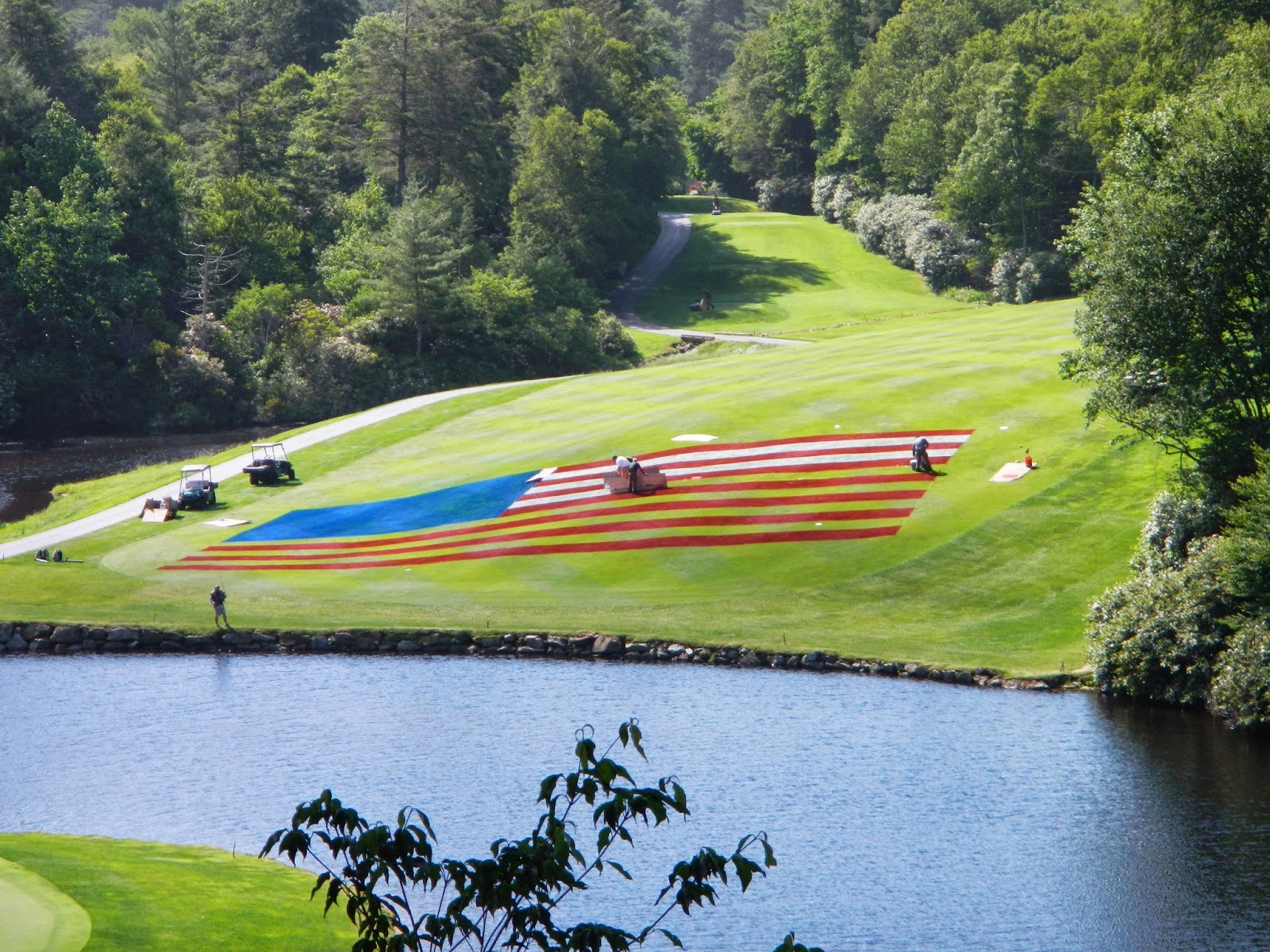As the golf course superintendent, I am often asked
questions regarding our fiduciary management practices. More often than not, the most common question
is; "How can we save money?" With
today's economy, that's a question
that we take very seriously and one that
we ask ourselves continuously. We spend
our departments budget as if the money were our own.
Chemicals and fertilizers make up a large part of our budget
and it's a place where we can stretch the dollar.
By bidding out our purchases and requiring vendors to guarantee pricing
for a season in exchange for our business, we have been able to save the club many thousands of
dollars each year. Believe it or not but
many clubs do not do this. Another way we
spend wisely is by participating in silent auctions through our professional
organizations. This year alone we saved
over $4000 by bidding on a group of products that we ultimately won.
We purchase many other types of products such as irrigation
supplies, electronics, uniforms, equipment parts, etc. By regularly doing computer searches and
using services such as ebay, we continually get products for far under normal
retail. We purchased a large amount of
used sprinkler heads this winter and reconditioned them with new parts for
pennies on the dollar compared to new heads.
This one purchase has relieved some of the shortfalls of regular
irrigation maintenance costs and has allowed us to spend more money on higher
priority items.
Another way we spend wisely is through purchasing
equipment. While we all like new, many
times a used piece of equipment will do the job just as well and help relieve
the pressures of capital purchases. There are many places that we can search for used equipment such as online forums and professional organizations. An
example of this happened recently when a 20 year old utility vehicle had a
catastrophic break down which rendered it useless. Instead of purchasing a new vehicle, we
purchased a used one in excellent condition for one third the cost of a new one
and this vehicle will do everything we need it to do for many years to come. |
| Turfnet.com is one place we look for quality used equipment. |









